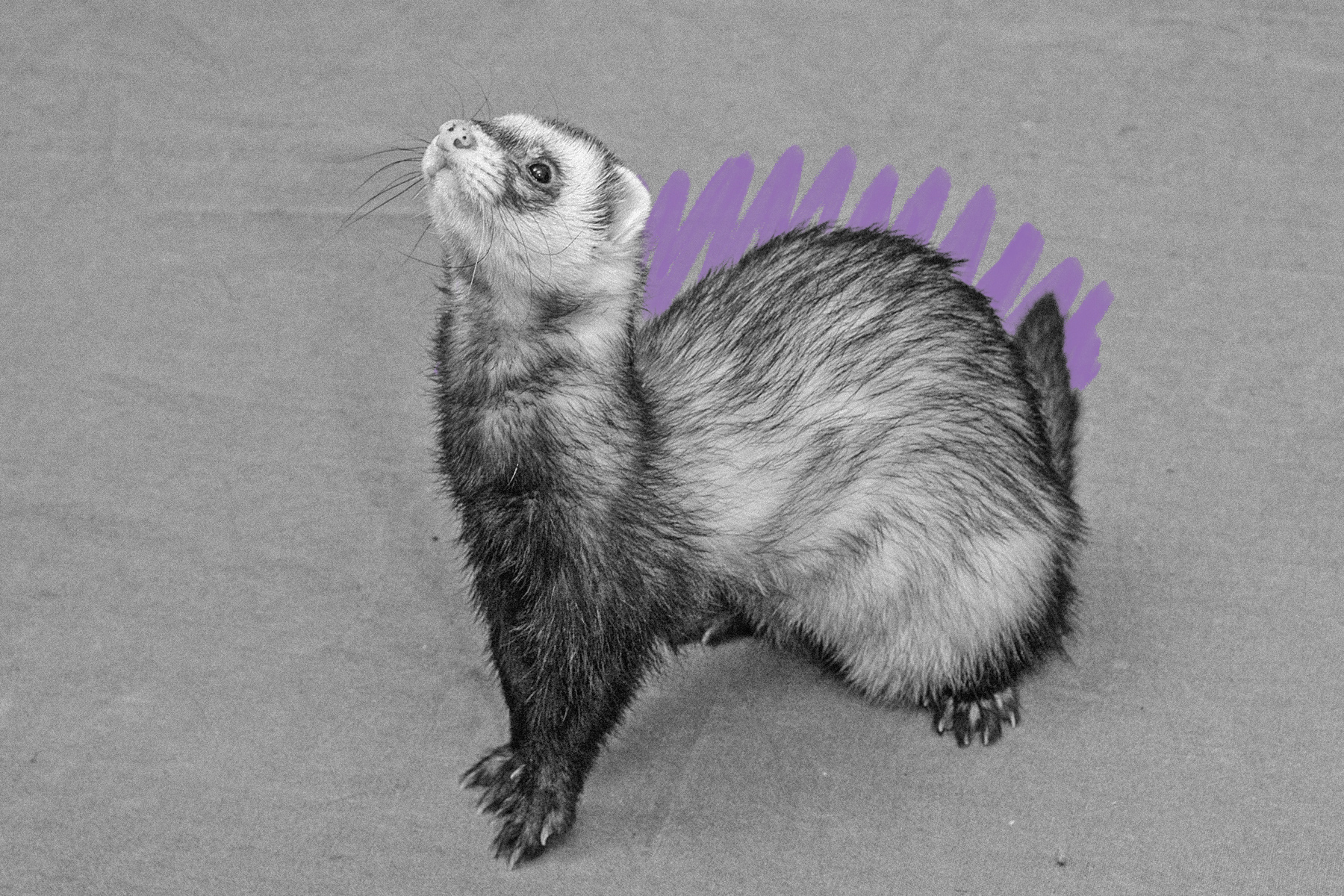Ferrets, Romans, countrymen, lend me your ears. I have come to tell you about one of ancient Rome's most surprising pets: ferrets, whose small size and playful nature belie their fierce hunting abilities. |
| |
| |
|
 |
|
| F errets, Romans, countrymen, lend me your ears. I have come to tell you about one of ancient Rome's most surprising pets: ferrets, whose small size and playful nature belie their fierce hunting abilities. These wily weasels were primarily kept to hunt rabbits and keep pest populations under control, including by soldiers. As the Roman Empire expanded, so too did the humble ferret's range. According to the Roman historians Pliny and Strabo, around 6 BCE, Emperor Augustus sent γαλέη — a Greek word believed to have been referring to ferrets, though it also could have meant mongooses or polecats — to the Balearic Islands in modern-day Spain to control their plague of rabbits. |
|
|
| Though certainly not as common as cats and dogs, ferrets remain popular pets today. They're beloved for their mischievous personalities — their name literally means "little thief" due to their habit of taking small objects and hiding them — and how much they love to play, including with other animals. They're also high-maintenance, meaning you shouldn't attempt to channel your inner Roman without giving it a good deal of thought first. |
|
 |  |
|
|
 |
|
| |
|
| Years ferrets have been domesticated | | | 2,500 |
| | | Hours a day ferrets can spend sleeping | | | 18 |
| | | Hours a day ferrets can spend sleeping | | | 18 |
|
|
|
| States where ferrets are illegal to keep as pets (Hawaii and California) | | | 2 |
| | | Year Rome was founded, according to legend | | | 753 BCE |
| | | Year Rome was founded, according to legend | | | 753 BCE |
|
|
|
 |
|
 | | Did you know? |
|
|
A ferret was cloned in 2020. |
|
| Unlike domestic ferrets, black-footed ferrets are native to North America. They're also so endangered that they were actually thought to be extinct before being rediscovered in Wyoming in 1981 — which helps explain why one was cloned in 2020. A ferret named Elizabeth Ann, the first endangered U.S. species to be cloned, was created from the cells of a black-footed ferret named Willa who died more than 30 years ago. More than just an experiment, Elizabeth Ann represents hope that the species can continue to thrive for decades and centuries to come. As it stands, black-footed ferrets are so few in number that their limited genetic diversity makes them especially vulnerable to diseases and other health conditions. |
|


Lainnya dari















0 comments:
Post a Comment